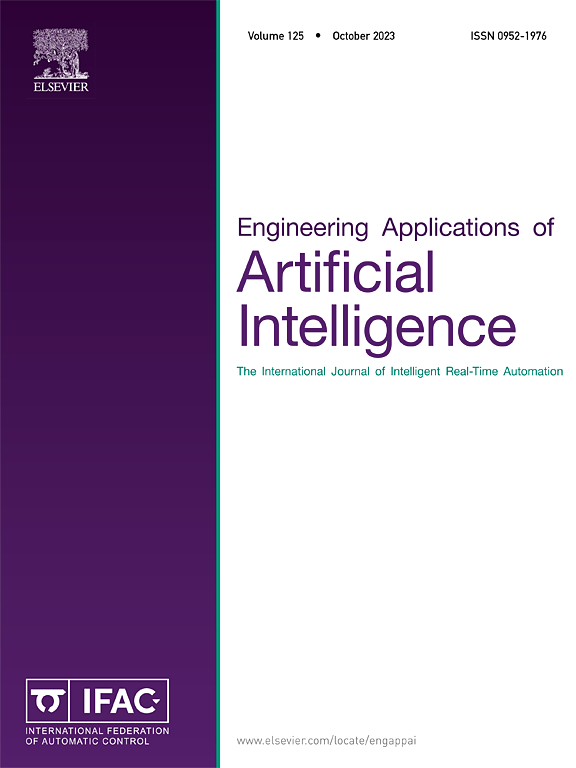Explainable Differential Privacy-Hyperdimensional Computing for Balancing Privacy and Transparency in Additive Manufacturing Monitoring
IF 7.5
2区 计算机科学
Q1 AUTOMATION & CONTROL SYSTEMS
Engineering Applications of Artificial Intelligence
Pub Date : 2025-02-23
DOI:10.1016/j.engappai.2025.110282
引用次数: 0
Abstract
Machine Learning (ML) models integrated with in-situ sensing offer transformative solutions for defect detection in Additive Manufacturing (AM), but this integration brings critical challenges in safeguarding sensitive data, such as part designs and material compositions. Differential Privacy (DP), which introduces mathematically controlled noise, provides a balance between data utility and privacy. However, black-box Artificial Intelligence (AI) models often obscure how this noise impacts model accuracy, complicating the optimization of privacy–accuracy trade-offs. This study introduces the Differential Privacy-Hyperdimensional Computing (DP-HD) framework, a novel approach combining Explainable AI (XAI) and vector symbolic paradigms to quantify and predict noise effects on accuracy using a Signal-to-Noise Ratio (SNR) metric. DP-HD enables precise tuning of DP noise levels, ensuring an optimal balance between privacy and performance. The framework has been validated using real-world AM data, demonstrating its applicability to industrial environments. Experimental results demonstrate DP-HD’s capability to achieve state-of-the-art accuracy (94.43%) with robust privacy protections in anomaly detection for AM, even under significant noise conditions. Beyond AM, DP-HD holds substantial promise for broader applications in privacy-sensitive domains such as healthcare, financial services, and government data management, where securing sensitive data while maintaining high ML performance is paramount.
求助全文
约1分钟内获得全文
求助全文
来源期刊

Engineering Applications of Artificial Intelligence
工程技术-工程:电子与电气
CiteScore
9.60
自引率
10.00%
发文量
505
审稿时长
68 days
期刊介绍:
Artificial Intelligence (AI) is pivotal in driving the fourth industrial revolution, witnessing remarkable advancements across various machine learning methodologies. AI techniques have become indispensable tools for practicing engineers, enabling them to tackle previously insurmountable challenges. Engineering Applications of Artificial Intelligence serves as a global platform for the swift dissemination of research elucidating the practical application of AI methods across all engineering disciplines. Submitted papers are expected to present novel aspects of AI utilized in real-world engineering applications, validated using publicly available datasets to ensure the replicability of research outcomes. Join us in exploring the transformative potential of AI in engineering.
 求助内容:
求助内容: 应助结果提醒方式:
应助结果提醒方式:


